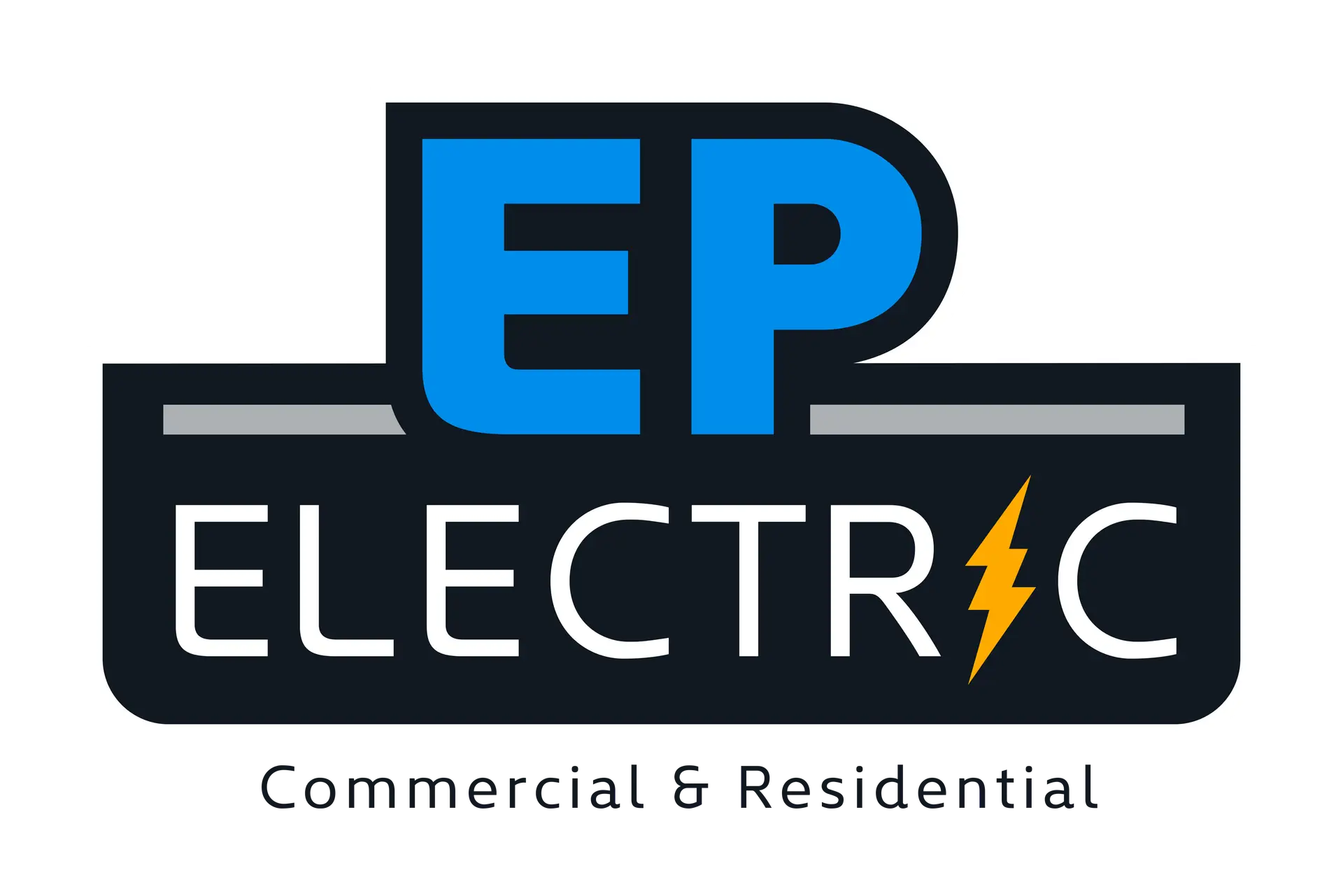The Ultimate Guide to Energy-Efficient Lighting: A Brighter, Greener Future
In an era where sustainability is paramount, the way we illuminate our homes and businesses plays a crucial role in shaping a greener future. Energy-efficient lighting is at the forefront of this movement, offering not only cost savings but also a significant reduction in environmental impact. In this comprehensive guide, we’ll explore the latest advancements in energy-efficient lighting, providing insights into the benefits, technologies, and how you can make the switch to a brighter, greener future.
1. The Evolution of Lighting Technology
From Incandescents to LEDs: A Technological Journey
The traditional incandescent bulbs that once dominated the lighting landscape have given way to more energy-efficient alternatives. Light Emitting Diodes (LEDs) have emerged as the frontrunners, offering a longer lifespan, lower energy consumption, and a diverse range of applications. We’ll delve into the evolution of lighting technology and why LEDs have become the go-to choice for energy-conscious consumers.
LED Lighting vs Other Lighting Choices
When considering lighting options for your home or business, understanding the differences between LED lighting and traditional alternatives is essential. Let’s delve into the key distinctions that make LED lighting stand out:
1. Energy Efficiency: A Bright Advantage
LED Lighting: LED bulbs are renowned for their energy efficiency. They convert a higher percentage of energy into light, wasting less in the form of heat. This translates to lower energy bills and a reduced environmental impact.
Traditional Incandescent Bulbs: In contrast, traditional incandescent bulbs operate by heating a filament until it glows, producing light. This process is inherently less efficient, as a significant portion of energy is emitted as heat rather than light.
2. Lifespan: Lighting That Endures
LED Lighting: One of the standout features of LED lighting is its extended lifespan. LED bulbs can last up to 25,000 hours or more, significantly outlasting traditional bulbs. This longevity not only reduces the frequency of replacements but also minimizes the environmental impact associated with manufacturing and disposing of traditional bulbs.
Traditional Fluorescent Bulbs: While fluorescent bulbs have a longer lifespan than incandescent bulbs, they generally fall short of the impressive longevity offered by LED lighting.
3. Light Quality: Clarity and Color Options
LED Lighting: LED bulbs offer a wide range of color temperatures, providing versatility in creating different atmospheres. They also produce a directional light that is ideal for focused illumination.
Traditional Fluorescent Bulbs: Fluorescent bulbs are known for their cooler tones and can sometimes produce a flickering effect, which may be a concern for those sensitive to light.
4. Environmental Impact: Going Green with LEDs
LED Lighting: The environmental benefits of LED lighting are substantial. Their energy efficiency not only lowers carbon emissions but also reduces the demand for frequent manufacturing and transportation associated with replacing traditional bulbs.
Traditional Incandescent Bulbs: Incandescent bulbs contribute to higher energy consumption and a larger carbon footprint due to their inefficiency.
By exploring these key differences, it becomes evident that LED lighting surpasses traditional options in terms of energy efficiency, lifespan, light quality, and environmental impact.
2. Advantages of Energy-Efficient Lighting
Beyond Cost Savings: Environmental Impact
While the cost savings associated with energy-efficient lighting are evident, the environmental benefits are equally compelling. We’ll explore how reduced energy consumption translates into a smaller carbon footprint, contributing to global efforts to combat climate change. Discover the ripple effect of choosing energy-efficient lighting for both individual consumers and the planet.
Longevity and Durability: Lighting the Way for Years
One of the standout features of energy-efficient lighting, particularly LEDs, is their impressive lifespan. We’ll break down how investing in longer-lasting bulbs not only reduces the frequency of replacements but also minimizes the environmental impact of manufacturing and disposing of traditional bulbs.
3. The Role of Smart Lighting in Energy Efficiency
Intelligent Illumination: Smart Lighting Solutions
Smart lighting systems represent the pinnacle of energy-efficient illumination. Explore how these systems, often controllable through mobile apps or voice commands, offer unparalleled customization and efficiency. From adjusting brightness based on natural light to scheduling lighting cycles, we’ll showcase how smart lighting contributes to both energy savings and a more convenient lifestyle.
4. Making the Switch: Practical Steps for Consumers
Transitioning to Energy-Efficient Lighting: A Step-by-Step Guide
Ready to embrace a greener lighting solution? In this comprehensive guide, we’ll walk you through the essential steps of transitioning to energy-efficient lighting. From gaining a grasp of lumens and deciphering color temperatures to navigating the diverse landscape of energy-efficient options, this guide is designed to equip you with the knowledge needed to make enlightened decisions tailored to your unique preferences.
Understanding Lumens: Shedding Light on Brightness
Lumens measure the brightness of a light source. In this guide, we’ll demystify lumens, helping you understand how they determine the intensity of illumination. This knowledge will empower you to choose lighting that perfectly suits each space in your home or office.
Choosing the Right Color Temperature: Setting the Mood
The color temperature of lighting plays a crucial role in creating the desired ambiance. We’ll delve into the concept of color temperature, explaining how warmer tones enhance coziness in living spaces while cooler tones promote focus in work areas. By the end of this guide, you’ll confidently select lighting with the perfect color temperature for every room.
Navigating Energy-Efficient Options: A Spectrum of Choices
The world of energy-efficient lighting is vast, ranging from LED and CFL to smart lighting solutions. We’ll guide you through the pros and cons of each option, ensuring you make an informed decision aligned with your energy-saving goals and lifestyle.
Overcoming Common Myths and Misconceptions
Addressing common misconceptions about energy-efficient lighting is crucial for encouraging adoption. We’ll debunk myths surrounding the upfront costs, quality of light, and disposal concerns, ensuring that readers have a clear understanding of the benefits and realities associated with energy-efficient bulbs.
5. The Future of Energy-Efficient Lighting
Innovations on the Horizon: What Lies Ahead
The journey toward a greener future doesn’t stop with current technologies. We’ll explore upcoming innovations in energy-efficient lighting, from advancements in LED technology to the integration of sustainable materials. Gain insights into how the lighting industry continues to evolve, promising even more sustainable and efficient options in the years to come.
Conclusion: Illuminating a Sustainable Tomorrow
As we conclude this ultimate guide to energy-efficient lighting, it’s clear that the choices we make in illuminating our spaces impact both our immediate surroundings and the planet. Embracing energy-efficient lighting is not just a practical decision; it’s a commitment to a brighter, greener future. By understanding the technologies, advantages, and practical steps involved, consumers can contribute to a sustainable tomorrow every time they flip the switch.
Remember, the power to illuminate a sustainable tomorrow is in your hands – or rather, your light switch.



